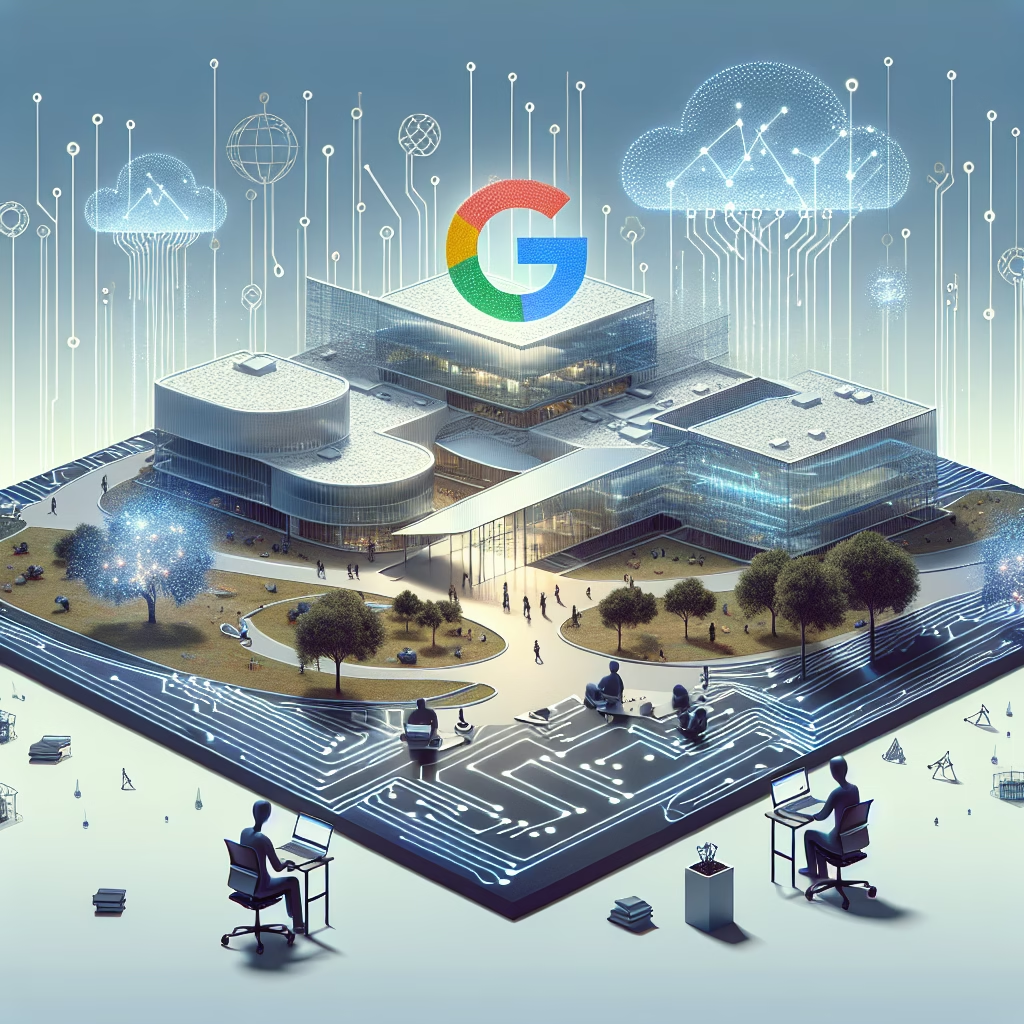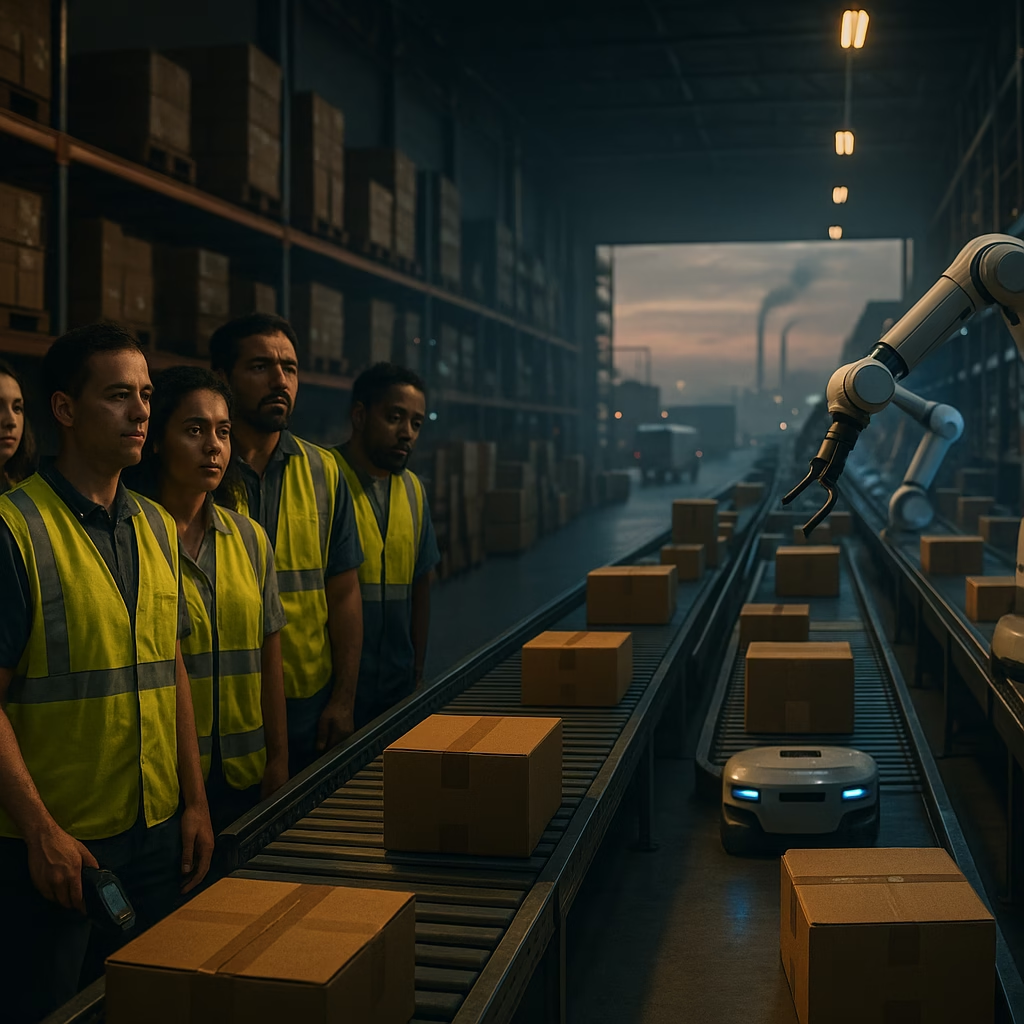The AI Boom Is Expanding Google’s Dominance — Here’s How
How Google Is Turning the AI Boom Into a Power Move
The recent surge in artificial intelligence innovations has created a mad dash in the tech world. From startups designing next-gen AI assistants to legacy companies overhauling their infrastructure, we’re witnessing a profound transformation. Yet amid all the noise, one player is stealthily (and powerfully) cementing its position as the centerpiece of AI development: Google.
While companies like OpenAI, Microsoft, and Meta make headlines, Google is quietly leveraging this AI boom to expand its dominance in the digital ecosystem. How is it pulling this off? Through a mix of infrastructure investments, software services, and control over the development pipeline of AI.
Let’s break down the strategies and implications of Google’s AI expansion—and explore why it matters to consumers, developers, and the future of tech innovation.
The Infrastructure Play: Google’s TPU and Cloud Strategy
Google has long been a force in cloud computing, but the rise of AI has given it a new edge. At the heart of its strategy are Tensor Processing Units (TPUs), custom chips designed to optimize machine learning computations. These chips power everything from language models to recommendation engines.
Google’s investment in infrastructure enables AI companies to scale quickly without building out their own hardware networks. This isn’t just support — it’s a gateway to developing AI on Google’s terms.
- TPUs offer faster, cheaper machine learning capabilities compared to traditional GPUs.
- Google Cloud’s integration with popular AI platforms makes it the preferred backend for AI development.
- By hosting many top AI startups, Google deepens its control over AI infrastructure and influences innovation from the ground up.
In essence, Google isn’t just providing tools — it’s creating a new normal for how AI is made.
Gemini and the Software Layer
While ChatGPT is synonymous with generative AI for most consumers, Google is stepping up with its own suite of tools — most notably via its Gemini models. Positioned as a rival to OpenAI’s GPT models, Gemini is integrated with Google’s vast ecosystem and shows promise in handling not just text, but multimodal input like images, video, and code.
This positions Google Gemini not just as a chatbot, but as a foundational layer for future applications.
- Gemini AI is being built directly into core Google products — Gmail, Docs, and Search — giving it an immediate user base of billions.
- Google is beta-testing enterprise licenses that allow companies to use and train Gemini for internal needs.
- By embedding Gemini into Google Workspace, the company is normalizing AI within productivity and communication tools.
Google is essentially transforming Gemini into the operating system of the AI future.
The Developer Network: Control the Tools, Shape the Future
One of the smartest moves Google has made is investing in the tools that AI developers rely on. From TensorFlow—a leading open-source machine learning framework—to hosting AI models in Google Cloud, the company is integrating itself into the very DNA of AI development.
Why is this significant? Because controlling the developer experience gives Google leverage over the trajectory of AI innovation.
- Tens of thousands of AI engineers rely on Google’s toolsets for experimentation and deployment.
- The more developers build with Google’s frameworks and host on Google Cloud, the more lock-in occurs.
- This ecosystem advantage makes it harder for competitors to lure developers away, reinforcing Google’s stronghold.
It’s a classic platform strategy: by becoming indispensable to developers, you shape the products end-users never even realize are powered by Google.
Search, Ads, and the AI-First Strategy
Though Google hasn’t unveiled an AI-only search yet, it is deeply integrating AI capabilities into how people interact with information. Through its AI-enhanced Search Generative Experience (SGE), users get smarter summaries, more nuanced answers, and curated results.
This isn’t just about convenience — it’s about retaining users at a time when ChatGPT and similar tools threaten the relevance of traditional search engines.
On the advertising front, AI is also helping Google deliver hyper-optimized ad placements, personalized recommendations, and better ROI for marketers. In a digital economy increasingly focused on attention and precision, AI multiplies Google’s ad-targeting advantage.
In short:
- AI is not replacing search — it’s reinventing it through personalization and summarization.
- Google’s ad empire is getting smarter, more intuitive, and harder to escape.
- The more data flows through Google’s systems, the better its models become—creating a powerful flywheel effect.
Why Google’s AI Dominance Matters
Many view the AI race as fragmented — with different companies building different models and tools. But in reality, a few major players control the infrastructure, data, and interfaces we all use. Google’s dominance in these three pillars consolidates immense power, with real implications:
- Innovation Bottleneck: As AI development pivots around Google’s tools, the barrier to entry for smaller players grows.
- Data Monopoly: With access to search data, YouTube interactions, Gmail behavior, and now AI prompts, Google has an ocean of data that no rival can match.
- Economic Gravity: Companies that adopt Google’s AI pipelines will find it difficult—and expensive—to leave, reinforcing long-term dependence.
The Future of AI Is Being Built — And Google Owns the Construction Site
It’s tempting to view the AI boom as a free-for-all. But behind the parade of headlines and demo videos lies a deeper story: we are entering an era where AI is not just a feature but a foundational layer of computing—and Google is laying the bricks.
Through infrastructure, platform tools, software integration, and massive data advantage, Google is ensuring that it’s not just in the AI race — it’s building the track.
The takeaway? Whether you’re a business, developer, or everyday user, your interaction with AI will likely be shaped, if not dictated, by what happens inside Google. That’s not a doomsday scenario — but it’s a reality we’d all be wise to understand.
Conclusion: The Subtle Supremacy of Google in the Age of AI
While the spotlight shines on flashy AI models and viral bots, Google is quietly orchestrating a digital renaissance behind the scenes. By consolidating infrastructure, embedding AI into its existing tools, and winning over the development community, Google is on track to own not just a major slice of the AI pie—but the bakery and the oven too.
For tech watchers, this isn’t just a matter of competition. It’s a blueprint for how platform power reshapes entire industries when humanity takes a technological leap—and AI is proving to be the biggest leap in decades.
As AI continues transforming the digital landscape, one thing is becoming clear: Google isn’t adapting to the AI era — it’s defining it.< lang="en">







Leave a Reply